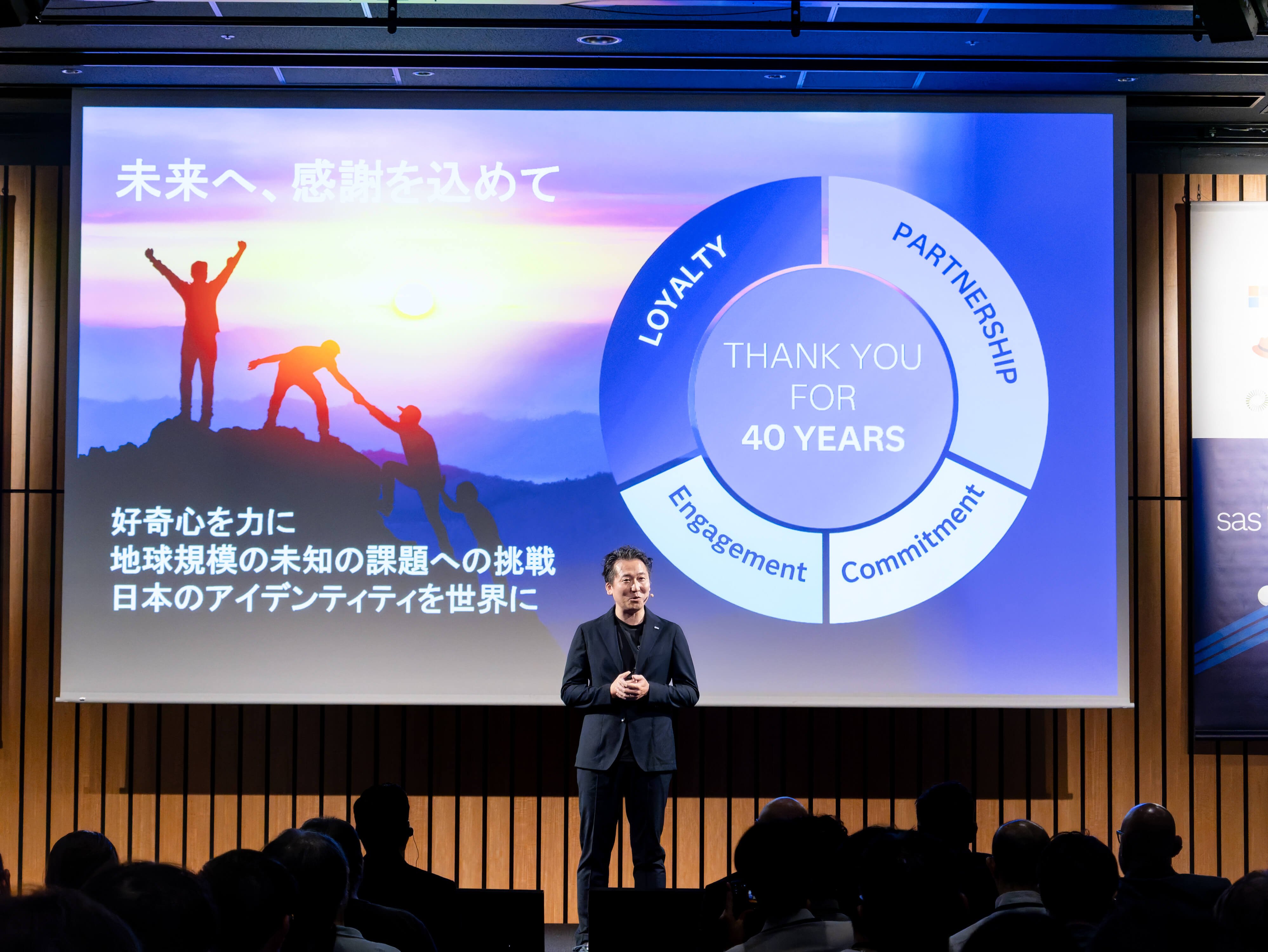 While setting up meetings with business consumers developing a data warehouse environment, I was involved in some very interesting conversations. Following are some of the assumptions that were made during these conversations, as well as a few observations. To get a well-rounded view of this topic, read my earlier post that focuses on the IT perspective.
While setting up meetings with business consumers developing a data warehouse environment, I was involved in some very interesting conversations. Following are some of the assumptions that were made during these conversations, as well as a few observations. To get a well-rounded view of this topic, read my earlier post that focuses on the IT perspective.
Assumptions
- Business consumers usually fund these types of projects.
- During this project, the business consumers were not engaged after the requirements were gathered.
- It is extremely important to make business consumers part of the team. Consider using Agile techniques with the business users.
- This project seemed to be using a waterfall methodology. It's hard to get away from waterfall during the initial steps of a project, but you can be more agile in later phases.
- IT wrote the testing scenarios without help from the business consumers.
- I love asking the business consumers to write testing scenarios from their perspective. Consider having testing scenarios on quality, content and volume.
- Include metadata usage – does the business consumer want to know how the data warehouse derived an attribute or the business definition? The answer is YES!
- Consider writing data quality testing scenarios. This is definitely a collaboration between the business user and IT. While scoping the project, you should establish an expectation of data quality as a guideline. Consider using a profiling tool, and show the results to the business users. This sets an expectation of what it will take to achieve good quality data.
- In this case, the project funding did not take into consideration ongoing processes to fix or enhance the data.
- This process needs to be established up front. It might even require escalating to upper management for fulfillment.
Observations
- Both business and IT are consumers, builders and maintainers of enterprise data assets. This means we are all responsible for the data.
- Collaboration between IT and business consumers is what makes a project successful.
Find out how to get the right people on your big data bus.






1 Comment
Pingback: Part 1: Why EA should report to… COO – EA = Enterprise Architecture = Every Angle